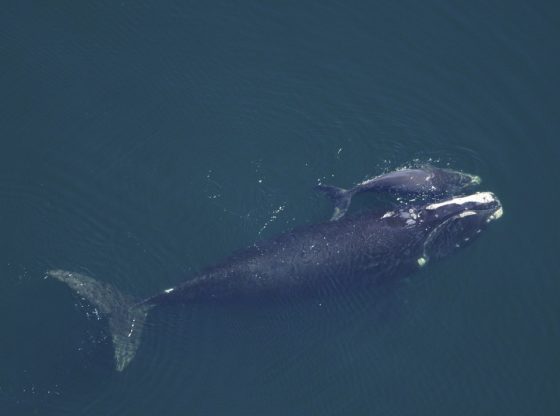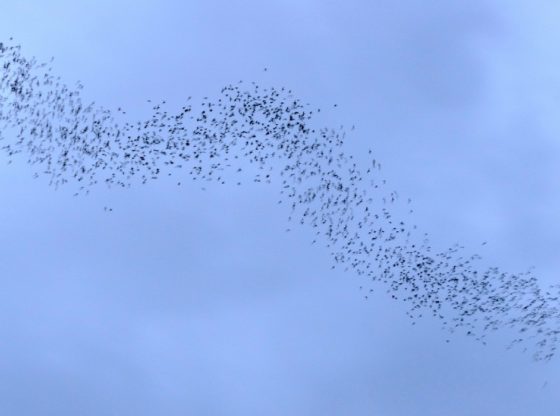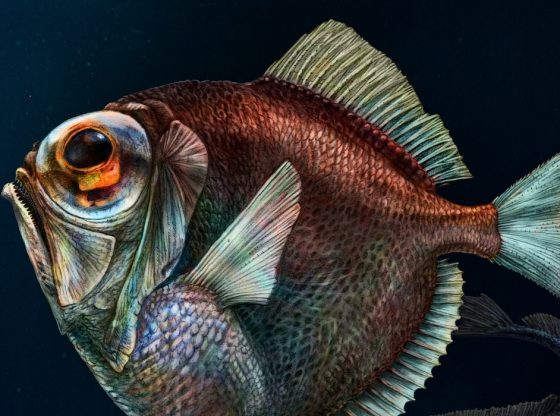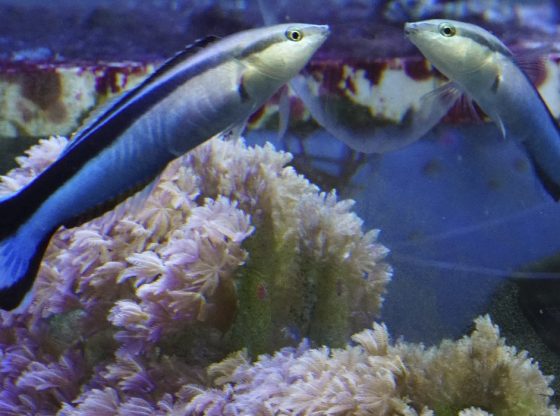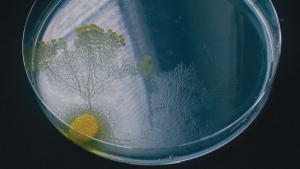
New research published in Proceedings of the National Academy of Sciences offers more proof that it actually does not take a brain to remember.
This was proven in this study by a primitive but ingenious slime mold fungus. As this fungus uses slime to track and find their way in complex environments.
To put this organism navigation skills to the test, the researchers at Sydney University used a sugar solution as bait on the one side of a U-shaped maze with the fungus on the other. This is a test and an experiment that is usually used to test artificial intelligence in robots, although then excluding the sugar.
Do not let these simple organisms appearance fool you as the maze proved to be no match for this sugar craving fungus. The slime fungus uses a technique similar to the Hans and Greta’s trail of breadcrumbs. Since, by leaving a trail of slime behind, the fungus can remember what areas have already been explored and keep moving forward.
Of the tested slime fungi, a total of 96 percent managed to find their way to the sugar solution in the petri dish within 57 hours.
This may prove a very important step in evolution and possibly a first step for memory usage but outside the body. An important step in the evolutionary process and development of a brain.
Below a video that was produced as a collaboration between NOVA and Scientific American.
_______________
Slime mold uses an externalized spatial “memory” to navigate in complex environments
______________________________


